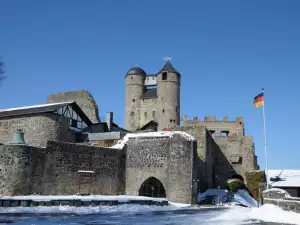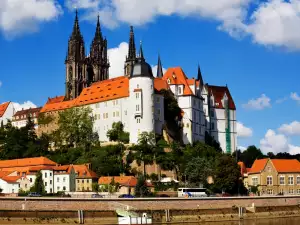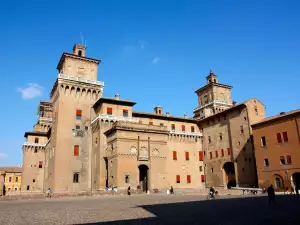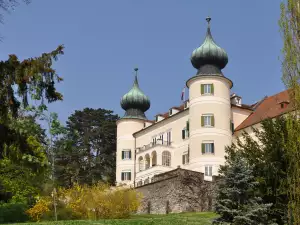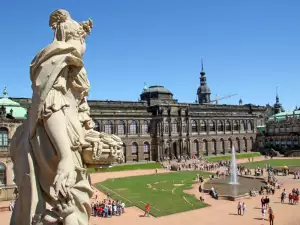Belvedere Castle in Weimar
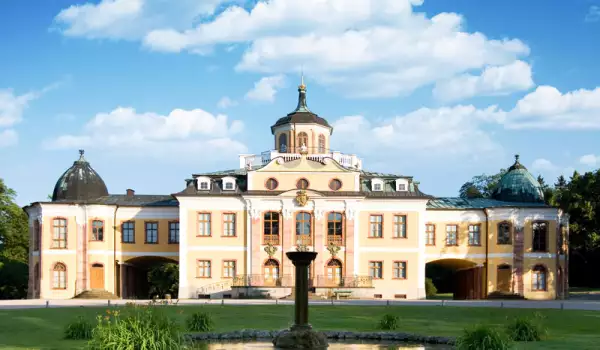
In 1999 the German city of Weimar was designated the cultural capital of Europe. Many historical sites in the central eastern German city are associated with great names like Goethe, Schiller, Herder and Nietzsche. Among the historical values of Weimar is the Belvedere Castle. It represents an elegant summer residence of Karl Friedrich and Maria Pawlowna.
The original building at the site of today's castle Belvedere was built in 1724 by Ernst, who was a nephew of Duke Wilhelm Ernst. The building, which was then built to the south of Weimar was used as a hunting residence for pheasants. Later on within its core appears Bellevue castle, and after it the Belvedere castle itself. Translated from the Italian name it means "beautiful view".
From 1804 in Belvedere lived Carl Friedrich and Maria Pawlowna. Princess Maria Pawlowna was the daughter of Paul and First Sister of Alexander I. On August 3rd, 1804 she married the heir, Prince Carl Friedrich of Saxe - Weimar. Weimar then begins the "Silver Age".
Maria Pawlowna was a patron to a lot of exciting art and especially music. She invited famous composers as Franz Liszt to Weimar. The Princess built the west wing of the Belvedere Castle and built a room in memory of the poets Goethe, Schiller, Wieland and Herder.
Pavlova was the idea behind the construction of the Russian garden in 1811, which is shaped like the Pavlovsky Palace. A little later she had built a garden-maze and open-air theater. In addition, Maria Pawlowna makes the incredibly rich and Botanical Gardens in the courts of Belvedere.

The Russian Orthodox chapel tombstone of Maria Pawlowna was built from 1860 to 1862 in the style of old Russian church buildings projects in Moscow. Above the main dome with five gilded domes shines the Orthodox cross. Under the funeral chapel is the sarcophagus of the Duchess. Using the underground passage of the sarcophagus, Grand Duke Carl Friedrich is beside her.
Today the castle demonstrates the selected works of arts and crafts, including expensive porcelain, earthenware, glass and fine furniture from the late period of the 17th, 18th and 19th century. In the castle you can see a brilliant work of art, the work of artist Friedrich Senior Preler that depicts the arrival of Maria Pawlowna in Weimar in 1804, dressed in a gorgeous white dress with a bright red scarf and a red splendid carriage, harnessed with six identical color brown horses.

